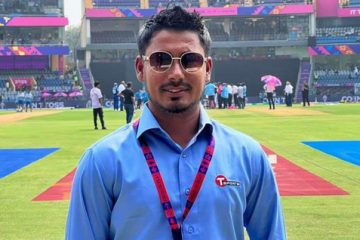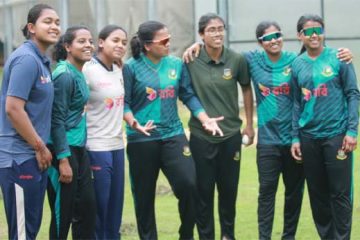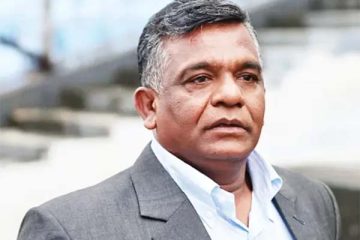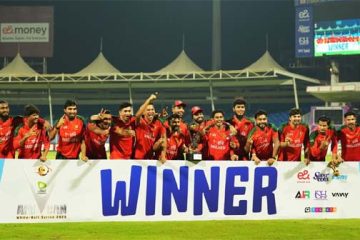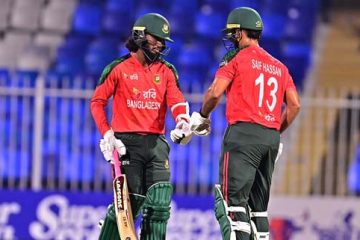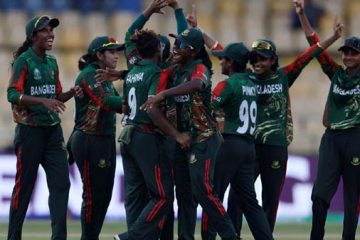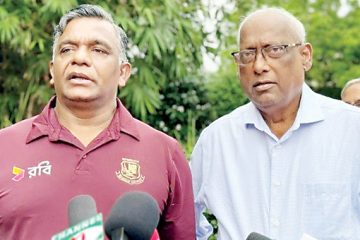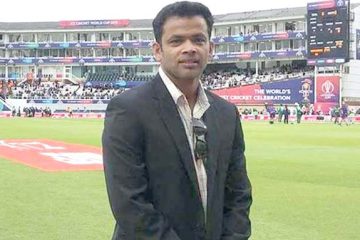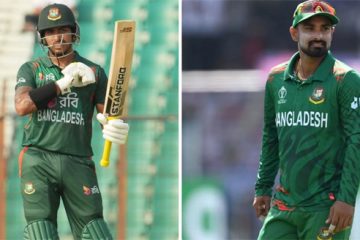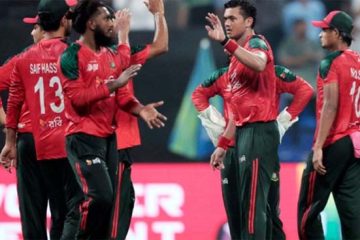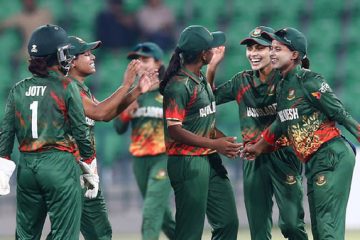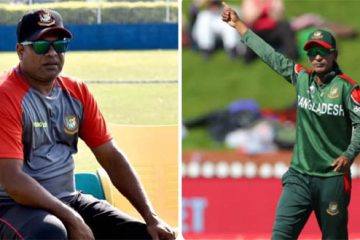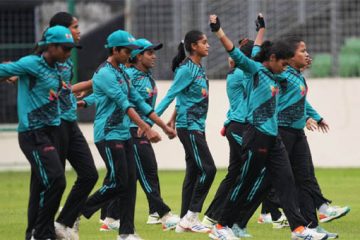Australia do the double
The World Cup returned to England after 16 years for the ICC Cricket World Cup in 1999. There were twelve teams, with three associate and nine Test nations. Bangladesh and Scotland made their World Cup debuts, while Kenya were playing their second Cup. The group divisions were the same as in 1996: two groups of six each. The big change was that in 1999, the Super Six was introduced.
The top three teams from each group would progress to the Super Sixes, a round robin stage where each of the three qualifying teams from Group A will play each of the three qualifying teams from Group B. Points won in the group stage from wins against the other two qualifiers from the group would be carried through to the Super Sixes. The top four teams at the end of the group stage would contest the semifinals.
Champions: Australia
Australia, by then had become the undisputed best team in the world under the captaincy of Steve Waugh. Halfway through the group stage though, it was far from certain that they would progress to the next round as they lost two of their first three matches, and were left needing to win both their last two to have a chance. All systems clicked into gear thereafter, as they progressed undefeated over the rest of the tournament. They needed to be undefeated, as they were one of two teams in the Super Six not to have a point to their name, as they had lost their group matches against the other Group B qualifiers, New Zealand and Pakistan.
The team under Steve Waugh was awesome. Opening their batting were the supremely elegant Mark Waugh and the equally belligerent Adam Gilchrist. Mark Waugh was the fourth highest scorer in the Cup, and though Gilchrist was not at his best in the tournament, he was invaluable, providing quick starts and lending the side crucial balance with his wicketkeeping. The middle order was made up of Ricky Ponting, Steve Waugh, Darren Lehmann and Michael Bevan. Steve Waugh was the second highest run-scorer of the tournament, and Australia would not have progressed beyond the Super Six stage without his unbeaten 120 against South Africa in the last game before the semis. Tom Moody, and for some matches Brendan Julian and Shane Lee, were the allrounders of the side. It was necessary to have seam-bowling allrounders to exploit the seaming pitches in England.
Their bowling, along with Pakistan’s, was the strongest of the tournament. The frontline bowlers were the metronome Glenn McGrath, spin wizard Shane Warne and swing specialist Damien Fleming. McGrath was the second highest wicket-taker of the tournament with 18 wickets. Shane Warne took four wickets each in the semifinal and final. The steady fast-medium bowler Paul Reiffel played in six matches including the final.
With this team, Australia’s mental strength came to the four. After losing two of the first three games, they won five on the trot to qualify for the semis, where against South Africa in one of the greatest matches in one-day history ended in a tie with Damien Fleming bowling a sensational last over. Australia went through on the strength of their win against South Africa in the Super Six stage and blew away Pakistan in the final to become only the second team after the West Indies to win two World Cups.

